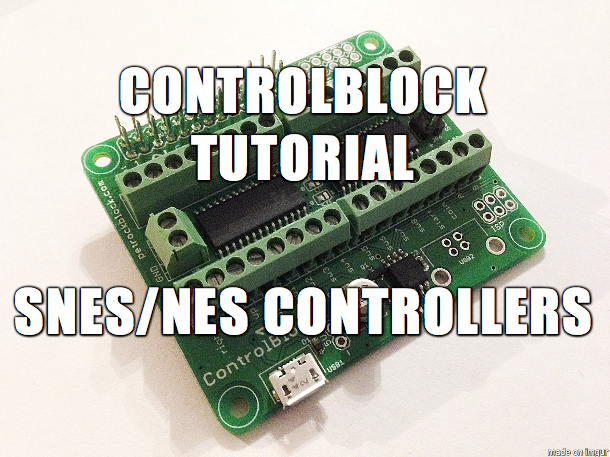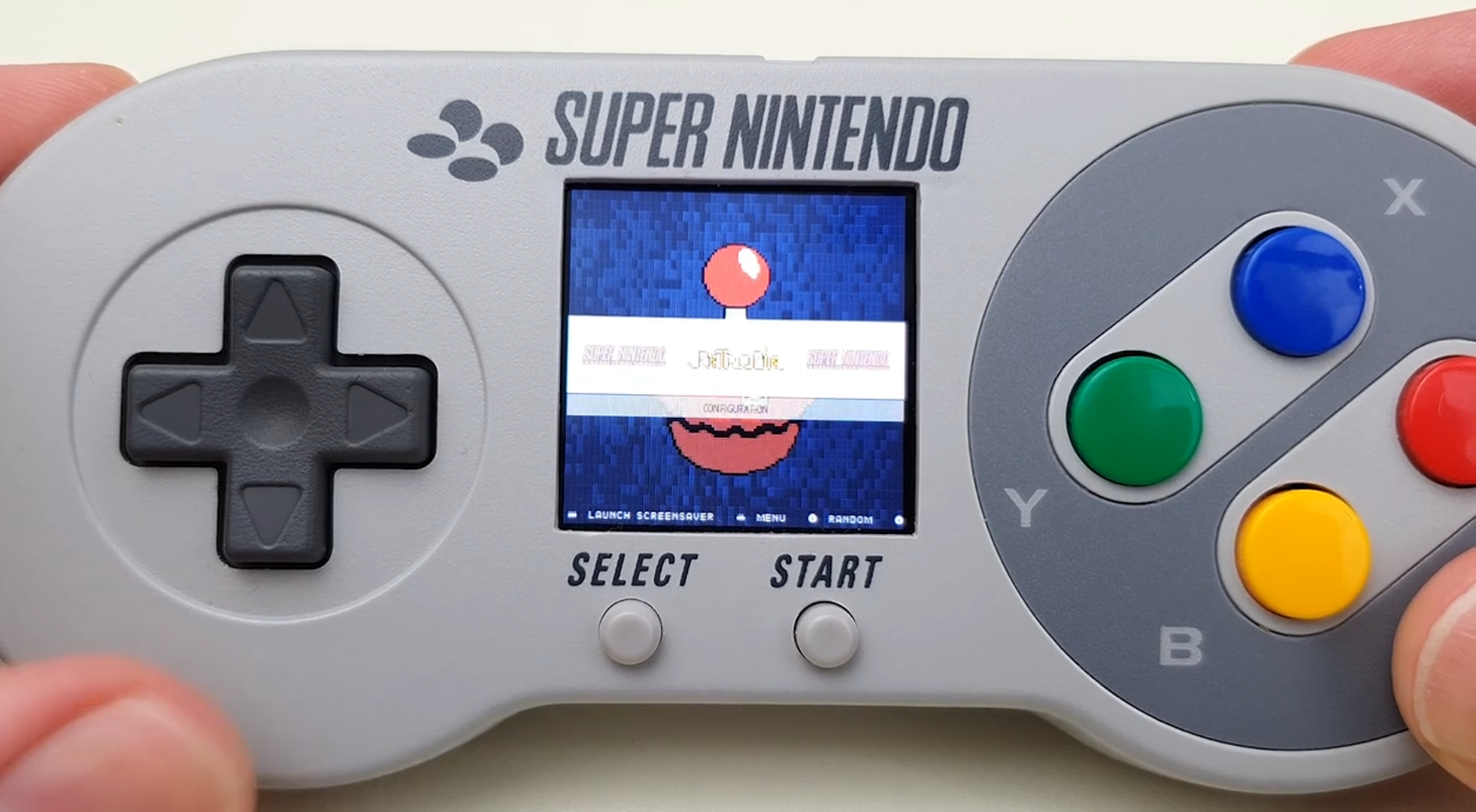

Having discovered the Switch Joy‑Cons were Bluetooth devices, Christopher got to work pairing them with a Raspberry Pi. “Then my wife got a Nintendo Switch for my son and when I played with it I realised the controllers were exactly what I needed for my device,” he tells us. But although he ran it on a Adafruit’s PiGRRL2, he found the buttons were sticky and he didn’t like the screen. Spurred on by this, he began using RetroPie a few years ago to enjoy games made for systems as diverse as the Atari 2600 and Mega Drive. “But there were always many games that I wanted to play but I couldn’t,” he laments. He recalls spending countless hours trying to accomplish everything he could in those titles. PiSwitch is the brainchild of 32-year-old Christopher Foote who, as a child, would get one game a year to play (“two if I was lucky,” he says). PiSwitch makes great use of the Joy-Con controllers of the Nintendo Switch console to produce a beautiful handheld machine. But we still see projects that go the extra mile such as this one. There are myriad multi-system emulators – programs which replicate the gaming systems of old – along with some slick graphical front-ends, making it a rather straightforward process. One of the most popular things to do with a Raspberry Pi is to put it at the heart of a retro gaming setup. PiSwitch: The Nintendo Switch console built with Raspberry Pi Rediscover Retro Computing in The MagPi #67.Build an arcade machine in The MagPi 63.This article first appeared in The MagPi 68 and was written by David Crookes. It combines a Raspberry Pi with Nintendo’s latest innovative Joy-Con controllers.

PiSwitch is Christopher Foote’s take on the retro-gaming handheld console.


 0 kommentar(er)
0 kommentar(er)
